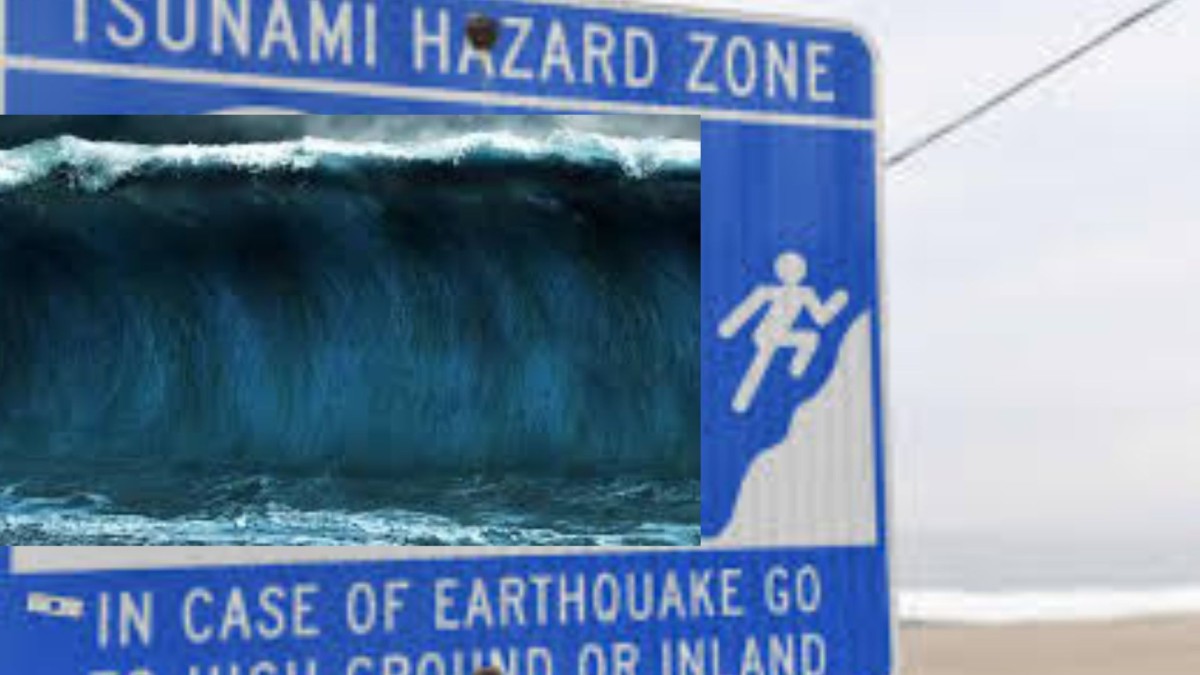“It wouldn’t just flood cities—it could erase them.”
In a chilling new report, scientists have issued a stark warning: a 1,000-foot mega tsunami—a wall of water taller than most skyscrapers—could one day slam into the U.S. West Coast with little warning. This nightmare scenario, once thought to be science fiction, is now being seriously considered as researchers study unstable regions beneath the ocean that could trigger a cataclysmic chain reaction.
The source of the danger? Massive underwater landslides, potentially caused by volcanic collapse or seismic activity near the Canary Islands, Alaska, or off the coast of Hawaii. These sudden shifts in the Earth’s crust could displace enormous volumes of water, generating a mega tsunami capable of crossing oceans at jetliner speeds—reaching the California, Oregon, and Washington coasts in mere hours.
“We’re not talking about a normal tsunami,” said Dr. Helen Ramirez, a geophysicist and expert in oceanic disasters. “This would be a once-in-a-millennium event—capable of reshaping entire coastlines and wiping out major cities.”
What Would Happen if It Hit?
Imagine waves higher than the Empire State Building rushing inland at over 500 miles per hour. Coastal cities like Los Angeles, San Francisco, and Seattle could face unprecedented destruction. Infrastructure, highways, ports, and millions of lives would be at risk. Even areas miles inland could be flooded, depending on the terrain and the wave’s momentum.
Simulations show that such a tsunami wouldn’t just be a single wave—it would come in multiple, massive surges, pulling debris and water back out to sea only to slam the coast again minutes later.
How Real Is the Threat?
While a 1,000-foot wave is extremely rare, it’s not impossible. History offers haunting clues: the Lituya Bay mega tsunami in Alaska in 1958 reached a staggering height of 1,720 feet after a massive rockslide hit the bay. Fortunately, that event occurred in a remote area. But if something similar happened offshore today—near heavily populated coastlines—the results could be catastrophic.
Some scientists argue it’s only a matter of time.
Should You Be Worried?
Experts stress that while this is a low-probability event, it’s a high-impact risk—meaning governments, emergency services, and the public need to be better prepared.
“Preparedness isn’t about panic—it’s about being ready,” Dr. Ramirez said. “We need better warning systems, stronger evacuation plans, and public awareness. Because if this ever happens, we won’t have time to figure it out on the spot.”
What’s Being Done?
Geological monitoring of at-risk zones is ongoing, and tsunami alert systems are being expanded. However, many scientists believe more international cooperation and investment in early warning tech is needed, especially for deep-sea landslide detection.
⚠️ The Bottom Line:
This isn’t about fear—it’s about foresight. Mega tsunamis may be rare, but when they come, they don’t knock. They destroy. And as our planet’s climate, oceans, and tectonics shift, the unimaginable could become reality faster than we think.


